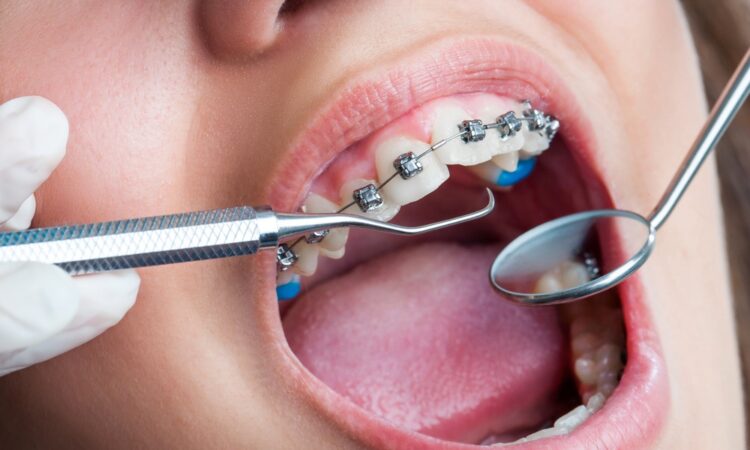
Orthodontic treatment is often sufficient to correct most dental misalignments. However, in cases where there are severe skeletal discrepancies or complex jaw irregularities, surgical orthodontics may be necessary. Let’s explore the role of surgical orthodontics in correcting these complex issues and achieving optimal facial harmony.
Understanding Surgical Orthodontics
Surgical orthodontics, also known as orthognathic surgery, is a specialized treatment approach that combines orthodontic treatment with corrective jaw surgery. It is typically recommended for patients with severe skeletal discrepancies that cannot be corrected with lightforce braces alone.
Common Conditions Requiring Surgery
Surgical orthodontics may be indicated for various conditions, including:
Severe Skeletal Discrepancies: Significant discrepancies between the upper and lower jaws, such as an overbite, underbite, or crossbite, that cannot be corrected with orthodontic treatment alone.
Malocclusions Beyond Orthodontic Correction: Complex bite irregularities or facial asymmetry that require surgical intervention to achieve optimal alignment and facial harmony.
The Surgical Process
Surgical orthodontic treatment involves a collaborative approach between an orthodontist and an oral and maxillofacial surgeon. The process typically unfolds as follows:
Pre-Surgical Orthodontic Preparation: Before surgery, the patient undergoes orthodontic treatment to align the teeth and create an optimal bite relationship.
Surgical Procedure: The oral surgeon performs corrective jaw surgery to reposition the upper and/or lower jaws into the desired alignment. The surgery is typically performed under general anesthesia in a hospital setting.
Post-Surgical Orthodontic Treatment: Following surgery, the patient continues orthodontic treatment to fine-tune the bite and ensure long-term stability of the results.
Recovery and Rehabilitation
Recovery from orthognathic surgery varies depending on the extent of the procedure and individual healing factors. Patients may experience swelling, discomfort, and dietary restrictions in the immediate post-operative period. However, with proper care and follow-up, most patients can expect to return to normal activities within a few weeks.
Conclusion
Surgical orthodontics offers a comprehensive approach to correcting complex jaw misalignments and achieving optimal facial aesthetics and function. By combining orthodontic treatment with corrective jaw surgery, patients can achieve long-lasting results and enjoy improved oral health and quality of life.



